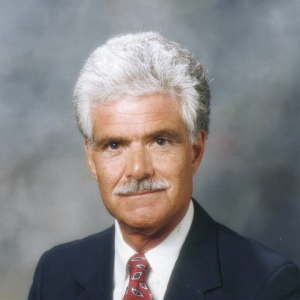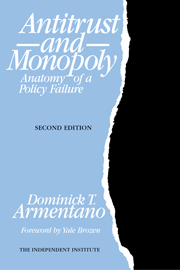The recent elections were an important referendum on the liberal economic policies of the Obama administration. The results clearly showed that voters overwhelmingly rejected candidates who supported the $780 billion stimulus program and Obama-Care and that they favored smaller government and less regulation.
Ironically the most controversial governmental institution on the planet was not up for a vote and has never been subject to any real democratic process: The Federal Reserve. Created by Congress in 1913 as an independent regulatory agency, the Fed is administered by a seven-member board of governors (all unelected with 14-year terms) that autonomously decides national monetary policy.
Now it is true that the current chairman, Ben Bernanke, treks up to Capital Hill twice a year to make a policy statement and answer questions from lawmakers. Ultimately, however, the Fed does exactly and precisely whatever it wants to do. And what it has done historically, and what it is currently doing, is stupid and even dangerous and deserves the widest possible exposure and criticism.
In its simplest terms, the Fed is legislatively authorized to manipulate the nation’s money supply in an attempt to maintain “full employment” with reasonable “price stability.” This means the Fed increases the money supply when unemployment rates are high (like now) and lowers it when the economy experiences price inflation.
The Fed increases the money supply by purchasing assets (mostly government bonds) and paying for those purchases with checks drawn on its own account at the New York Federal Reserve Bank. Those Fed checks are then cashed or deposited by sellers of bonds and, presto change-o, the nation’s money supply grows accordingly. (That’s how government debt is “monetized”)
The Fed is currently embarked on a massive government bond-buying program ($600 billion) aimed at lowering long-term interest rates. The program has met with almost universal criticism from economists and world financial leaders. The reason for that criticism is obvious to almost everyone except Fed officials: The policy won’t work and will be counterproductive in terms of any sustainable economic recovery.
First, the Fed’s new monetary “stimulus” is unnecessary since the financial system already is overloaded with $1 trillion in excess reserves—money that could be loaned out or invested if business opportunities were profitable. Additional Fed credit will not create sustainable growth or private-sector jobs.
Second, attempting to drive down long-term interest rates by inflating the money supply is problematic since inflationary “expectations” associated with the increased credit get incorporated into interest rates and may drive them higher, not lower. This is a fundamental policy “problem” that professor Bernanke must have taught to his Princeton students but has since forgotten.
Third, the entire “boom/bust” business cycle is tied directly to Fed manipulation of the money supply. Artificially low interest rates set up the last boom and bust (in construction and housing especially) and are certain to do it again. The Fed, however, seems oblivious to this danger or to its culpability in the last debacle.
Finally, more dollars from the Fed depreciates the value of the dollar and eventually drives up prices, especially for raw materials and commodities such as gold and oil. These higher input prices are almost certain to fuel a larger inflation in final goods prices down the road.
The new Congress in January likely will take a fresh look at the Fed’s powers and policies. U.S. Rep. Ron Paul, (R-Texas), a gold-standard advocate and an intelligent critic of the Fed, should have an important oversight position in the House on these issues. And his son, Sen.-elect Rand Paul, (R-KY), could take the lead in the Senate to achieve more transparency and congressional oversight of the Fed.
None of this scrutiny can come too soon.








